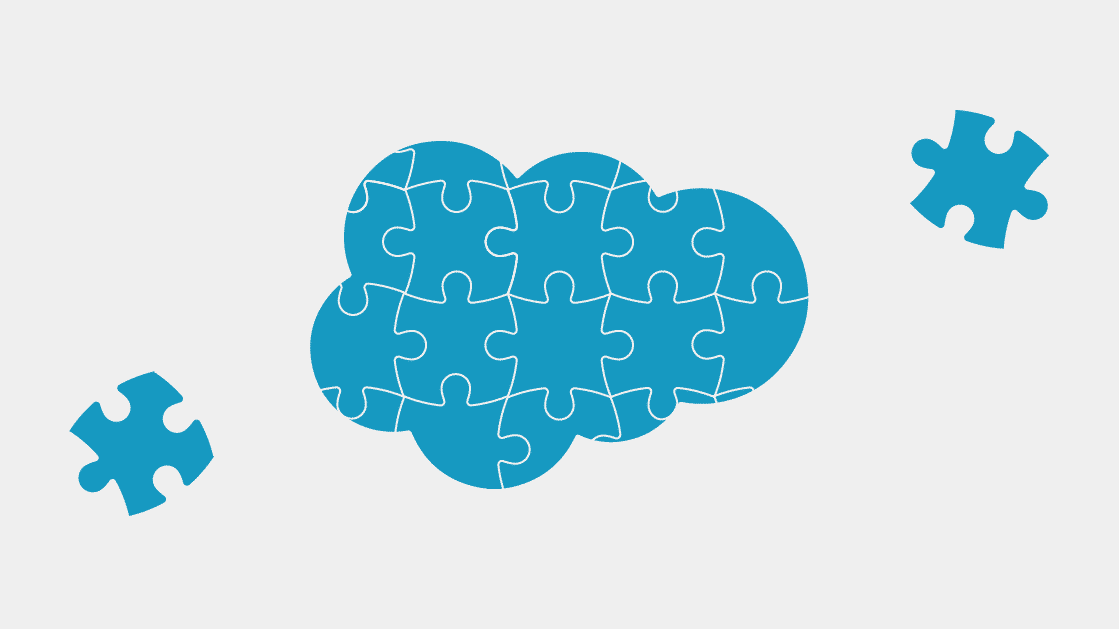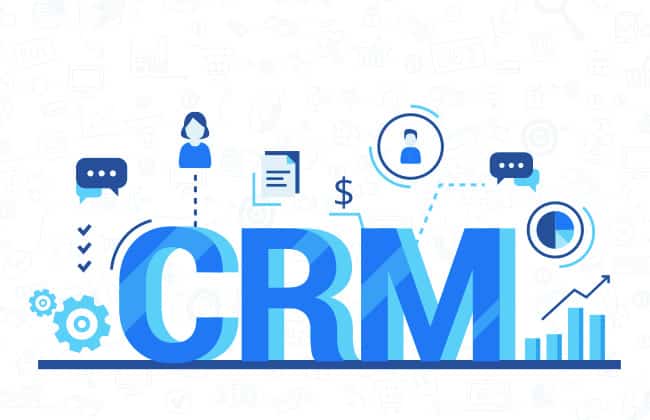Bang for the Buck: Leveraging Your CRM to Maximize ROI
Investing in a CRM is only step one in getting the most out of the data you and your company collect. CRM is about leveraging that data to maximize your company’s return on investment – not collecting it and leaving it to gather virtual dust. Implementing a CRM system will not automatically make your company more profitable, but it can be instrumental in powering growth.
Leveraging your CRM to maximize ROI comes down to how you deploy it, integrate it, analyze it, and sell it to the stakeholders in your own organization. We’ve distilled our favorite Do’s and Don’ts into one place to help you and your company get the most out of your investment in a CRM.
Do: Choose a Cloud-Based CRM Solution
All major CRM vendors offer cloud versions of their apps. Choosing this software as a service (SaaS) model means you no longer have to hassle with servers, software issues, and new version upgrades.
How does a cloud-based CRM system maximize your ROI?
It can be accessed at any time, from anywhere, and using any device – crucial as teams adapt to changing remote and hybrid workplaces. With a cloud-based CRM, your sales team has a direct line to up-to-the-second data no matter where business takes them. It’s also cheaper. Much cheaper. Forget the large, on-site IT team constantly tinkering with hardware and software. Forget sky-high electricity bills and countless hidden costs. The primary cost associated with a cloud-based CRM is a subscription fee, which is usually paid monthly. Most subscriptions vary in cost depending on the number of users requiring access to the system, but some providers charge a flat rate. A cloud-based CRM vendor will also take care of the maintenance and upgrades to the system, which saves businesses from having to pay those associated costs.
It’s really easy to use. Cloud-based CRM systems are fast and easy to set up, even for larger enterprises. Your existing infrastructure is not affected, and you won’t waste weeks installing complex hardware. All you need is an active internet connection and a login, or in some cases, an app. Upgrades aren’t a headache either: a cloud-based CRM easily scales. No need to struggle with the restrictions of a CRM system that’s too small or pay extra for additional capacity if your company grows or shrinks.
It’s capable of integrating data from a wide variety of other sources, including entirely different systems or social media activity. As CRMs add in automation and AI capabilities, gathering data from multiple sources becomes a seamless part of your workflow.
It’s also really reliable. If your on-premise servers crash, you can lose crucial data, and your business can even grind to a halt. Cloud-based CRM systems automatically back your data up in the cloud. While system failures are not entirely unheard of in the cloud, most providers offer clients SLA agreements.
Do: Integrate with Applications that Provide Value
Take advantage of the new business and social applications that are out there, and integrate them with your CRM system. In addition to cloud integration, you should immediately look into integrating your email, phone, calendar, marketing automation, and accounting text stacks with your CRM.
Tools and metrics used for tracking customer engagement over traditional channels can also be applied to social media. This allows companies to track trends and mentions on platforms like Facebook, Twitter, Instagram, and others, which in turn enables more detailed customer segmentation, more accurate social advertising, real-time response to immediate customer needs, and the ability to produce nuanced KPI reports indicating marketing outreach performance and customer sentiment.
Do: Allow for Mobile Integration
Once you’ve made everything accessible on mobile devices, your salespeople can manage contacts and accounts, review correspondence, and communicate data in real-time. Your sales team can immediately respond to client requests, react to leads, and manage existing accounts. Without access to customer data, business is effectively on hold when your sales team leaves the office or is away from their desktop or laptop. Mobile CRM means that everyone can connect, make updates and initiate action on-demand when events occur
Mobile CRM apps are fast, easy to use, intuitive, and fit your team’s mobile lifestyle. Extending these solutions into customer-facing roles and processes will result in higher use of CRM and increasingly productive staff. Ideally, the integration should work with back-office systems, social networks, and web conferencing
Don’t: Let Sales and Marketing Squabble
It’s an age-old conflict: Sales versus Marketing. When sales disappoint, Marketing blames the sales force’s execution. Then Sales accuses Marketing of setting prices too high and gobbling too much budget. Sales believes marketers are out of touch. Marketing feels Sales is too focused on the individual consumer. Arguments escalate, fingers are pointed, and opportunities are lost.
CRM data is valuable when used to qualify leads for the sales department and identify which marketing campaigns lead to closed sales. It’s shockingly easy to miss these insights if sales and marketing don’t work together.
Early on in your CRM implementation process, collect both departments in a conference room or video call to map out common goals about what data to gather and how to use the CRM data. When Sales and Marketing are aligned, clear boundaries between the two exist, but they’re more open to being flexible because they’ve put the time in to strategize together. The groups should engage in collective planning and training. They should understand how the data defines the symbiosis between the two departments.
In fact, it pays to have a representative from every type of user you expect to have on the system, then work closely with this group to ensure the right processes are implemented and to test the system.
Don’t: Ignore the Reports
All the data in the world won’t help you if you don’t use it. The right CRM application can present data in an almost effortless pre-formatted report. But this analysis will do you no good if it is ignored. Take the time to not only read the reports but to understand and act on them when needed.
CRM can not only help you identify the star performers on your sales team but it can also be used to build best practices around their work. What’s more, it provides a context. Perhaps that star is actually underperforming because he or she owns a particularly rich territory. CRM provides the tools to make these sorts of evaluations on the fly, saving you time (and therefore, money).
Don’t: Neglect Customer Relationships
CRMs are an excellent tool to connect with your customers and build relationships that grow over time. But don’t just assume that everything is fine and well. Be aware that customers evolve and change, and your business may need to change with them.
The only constant is change. So many elements can impact changes in customer behavior: an adjustment in pricing, new offers, additional payment options, new service features. Tracking these changes in your customers is a vital element for measuring success. You must be consistently analyzing customer data to engage with them in a way that is relevant and likely to lead to higher conversions. That data can also be useful in helping to attract new customers and developing marketing that appeals to an expanded base.
What’s the bottom line for leveraging your CRM to maximize ROI?
The bottom line is that the best CRM software is the one with the highest user adoption. Nothing matters if your sales team isn’t willing to input data. The more data, the better the platform performs essential functions and yields measurable data-driven returns. In other words, the key to maximizing ROI is adoption.
Remember, companies are most successful when they recognize that CRM is not so much a destination as a journey. Never stop experimenting. Never stop analyzing. Never stop thinking about your customer.


